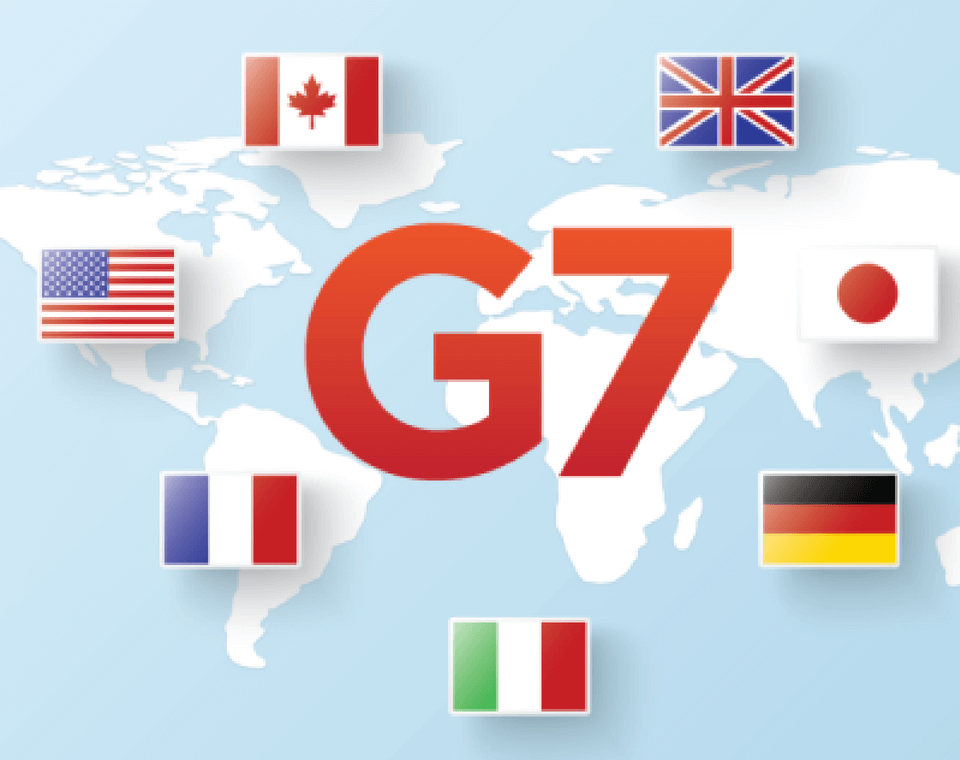What is G7? Background and Member Countries

The Group of Seven, commonly referred to as the G7, is an intergovernmental organization composed of seven of the world's largest advanced economies. These countries come together to discuss and coordinate economic policies, address global challenges, and foster international cooperation. Let's delve into the historical background and the countries included in the G7.
Historical Background of the G7
The G7 was established in the 1970s in response to the economic turmoil caused by the collapse of the Bretton Woods monetary system and the 1973 oil crisis. The initial meeting took place in 1975, hosted by French President Valéry Giscard d'Estaing, and included six countries: France, West Germany, Italy, Japan, the United Kingdom, and the United States. This meeting aimed to provide a forum for the leaders of these major industrialized nations to discuss and coordinate economic policy.
In 1976, Canada was invited to join the group, making it the Group of Seven (G7). Over the years, the G7 has expanded its agenda beyond economic issues to include topics such as climate change, global security, health, and development. Although Russia was added to the group in 1998, creating the G8, it was suspended in 2014 due to its annexation of Crimea, returning the forum to its G7 configuration.
Member Countries of the G7
The G7 consists of the following member countries:
- Canada: A major North American economy known for its natural resources and strong financial sector.
- France: A leading European nation with a diverse economy and significant cultural influence.
- Germany: Europe's largest economy, known for its industrial base and technological innovation.
- Italy: An important European economy with a rich history and strong manufacturing sector.
- Japan: A dominant Asian economy renowned for its technological advancements and manufacturing prowess.
- United Kingdom: A key global financial center with a diverse and influential economy.
- United States: The world's largest economy, playing a pivotal role in global finance and politics.
These countries represent some of the world's most advanced economies and collectively address global economic challenges, policy coordination, and international security issues. The G7 continues to play a crucial role in shaping global economic and political landscapes.
